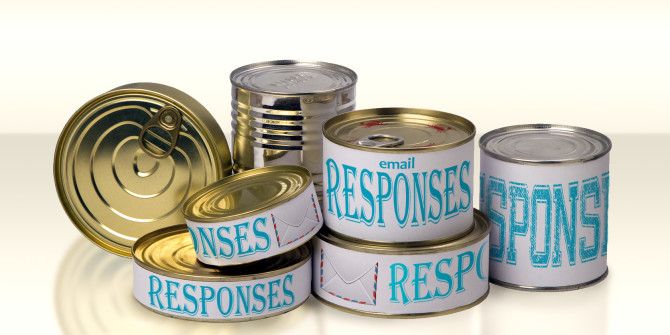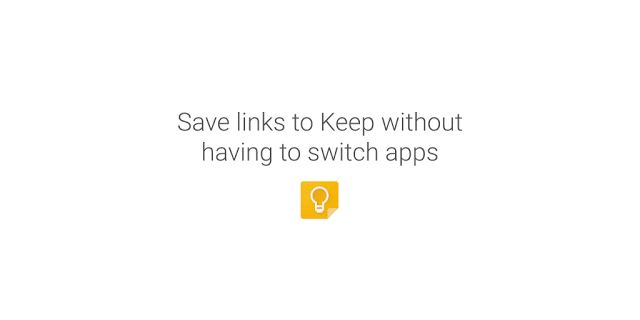As an instructional technology coach, keeping up with my schedule is part of the daily grind. My approach to tech coaching is an organic approach. To this end, I try to be in classrooms at least 80 percent of my day. Maintaining my schedule is essential to this approach. Google Calendar along with Google Keep and Google Tasks help me make sure I know what I have to do and where I have to be. Google Calendar is a very robust, yet easy to learn tool. A popular feature among coaches is the Calendar appointment slots. In my experience, adding the school bell schedules has been my best Google Calendar trick. Adding school bell schedules require a little bit of work to set up, but once you have them in, planning in-class coaching with teachers becomes much easier.
Most schools don't have a bell schedule that can be imported directly to your Calendar. This is true of the schools I serve. I took it upon myself to manually input these schedules into Google Calendar.
The first step is to create a separate calendar for the bell schedule and add all the "class periods" to that calendar. In the GIF below, see how to create a new calendar.
To expedite the process, become a master of the REPEAT function in Calendar. This will allow you to create a "class period" once and make it repeat for the entire school year. In the GIF below, repeat the steps for each "class period" in your bell schedule.
After inputting all the repeating class periods into the Bell Schedule in Google Calendar, scheduling with teachers becomes a breeze. If I want to coach a teacher who is teaching 3rd period, I know longer need to know the exact times for the period to begin and end when entering this coaching session into the calendar. All I need to do is open the 3rd period event and duplicate it. I will then edit the duplicate with the teacher's name and purpose for the coaching. This makes scheduling teachers on the fly much easier. Take a look at the GIF below to see how.










